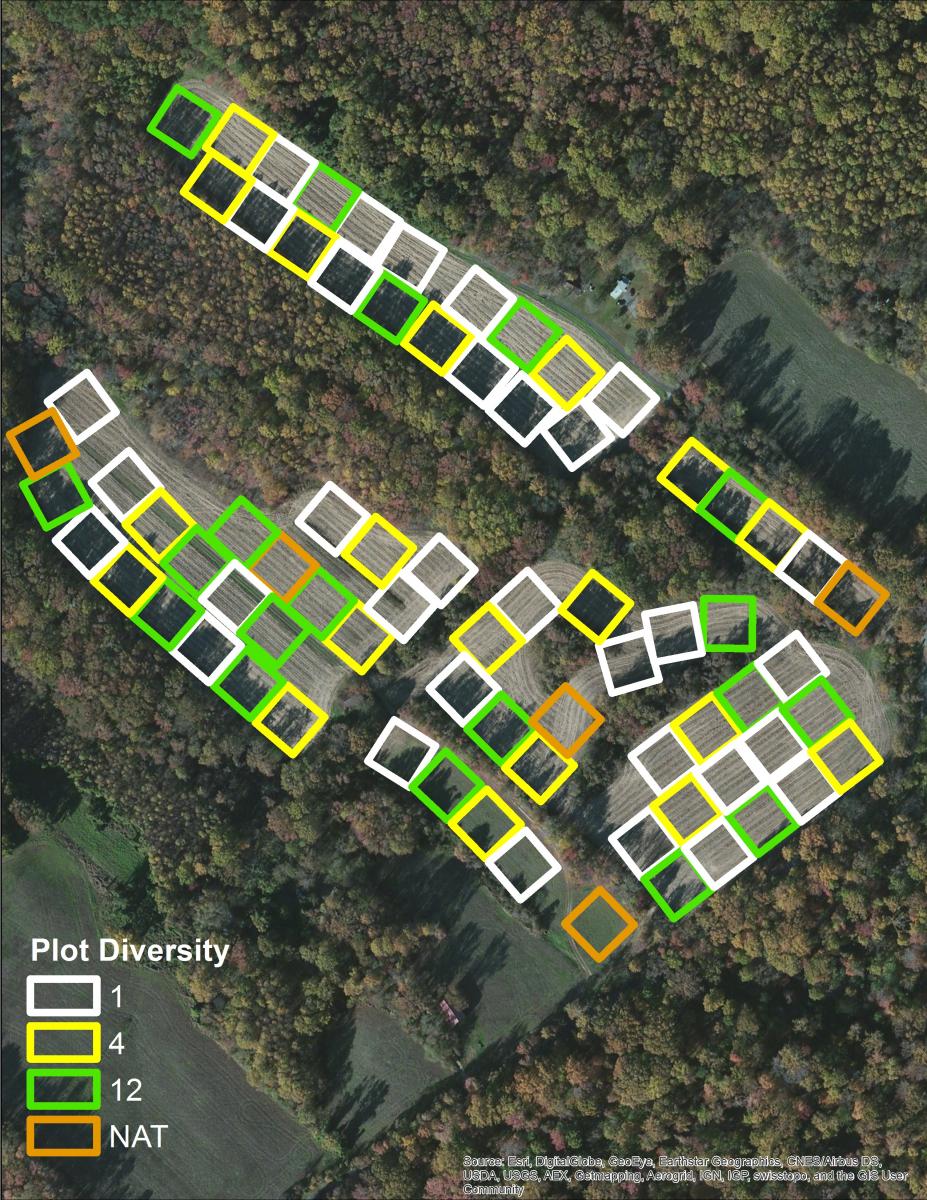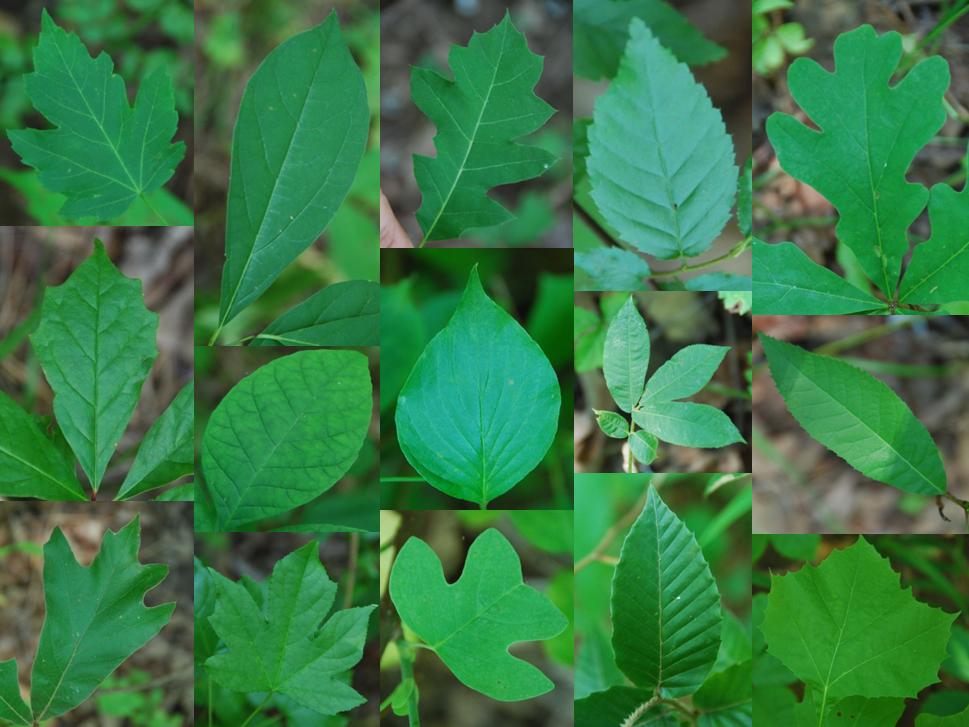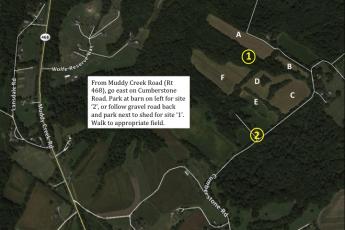Research ProjectBiodiversiTREE
Affiliated Labs
Description
Forest ecosystems cover almost a third of the land on Earth, contain the vast majority of all terrestrial species, directly support the livelihoods of millions of people across the globe, and provide key ecosystem services like carbon sequestration, timber production, soil stabilization, and watershed protection. Most forests are naturally diverse in genotypes, species, structure, and function, and this diversity provides resilience and adaptive capacity in the face of changing environmental conditions. Nearly all forest plantations and some restoration projects, however, are planted as monocultures, a practice which leaves them ecologically and economically vulnerable to shifting conditions. In contrast, the Smithsonian Environmental Research Center is conducting a long-term, large-scale experiment restoring the naturally diverse coastal forests along the heavily modified shorelines of the Chesapeake Bay. This ‘BiodiversiTREE' experiment manipulates tree species and functional diversity along natural gradients to investigate forest response to climate change from the molecular to the watershed level, a project that will last for more than 100 years.
Experimental Design of BiodiversiTREE

The BiodiversiTREE experiment manipulates (1) tree species richness (1, 4, and 12 species from a pool of 16 ecologically important species), (2) functional diversity while holding richness constant, and (3) the source provenance of trees (e.g., northern versus southern populations). We established this experiment at the landscape scale (~60 acres with 17,850 trees in 70 35x35m plots) in a fully instrumented watershed that has been monitored by SERC personnel for >30 years. It is designed to be an experimental platform for decades. Moreover, the site has been in continuous corn agriculture for >30 years, resulting in soil with a distinctive C4 isotopic signal. Because trees are C3 plants, we will investigate the speed and magnitude of soil carbon turnover with natural isotopic tracers, something that could not be done at this scale with other methods.
Importantly, we also installed a sister-experiment at the Smithsonian Conservation Biology Institute in Virginia. Along with two similar experiments in Panama, these ‘BiodiversiTREE’ experiments give the Smithsonian Institution an incredible research platform to address large-scale questions about the importance of tree diversity for key ecosystem functions.
Basic design
The experimental design addresses four fundamental questions:
- Does tree species diversity impact forest productivity and ecosystem function?

BiodiversiTREE at SERC utilizes a classic diversity-ecosystem function manipulation, whereby 16 tree species are planted into monoculture plots (n=2 plots per species), 4-species plots (n=19), or 12-species plots (n=19). Each plot is 35 x 35 m in size, and density is held constant at 255 trees/plot (hexagonal grid spacing with 2.4 m between trees). The pool of species includes fourteen canopy and two sub-canopy tree species, including 16 of the top 20 species by basal area in local forests: Acer rubrum, Carpinus caroliniana, Carya alba, Carya glabra, Cornus florida, Fagus grandifolia, Fraxinus pennsylvica, Liriodendron tulipifera, Liquidambar styraciflua, Nyssa sylvatica, Platanus occidentalis, Quercus alba, Quercus falcata, Quercus rubra, Quercus velutina, and Ulmus americana. For comparison, natural patterns of species diversity in similarly-sized plots range from 1-13 species. Thus, our experimental manipulation of 12 species spans the natural gradient of species diversity found in local forests.
We will monitor tree survival and growth over time, focusing on a core of n=143 trees in the center of each plot. To account for edge effects, each plot will also have a buffer strip of 112 trees in a 2.4m band that will not be sampled.
- Is functional diversity important?
To address this question, each of our 4-spp plots is arranged on a gradient of all arbuscular mycorrhizal species, all ectomycorrhizal species, or every combination therein. Thus, these plots all have the same species richness and density, but varying levels of functional diversity defined by the relationship between trees that associate with arbuscular versus ectomycorrhizal fungi. The former are typically early successional species living in more mesic environments, whereas the latter are typically climax species living in areas where litter and soil nutrients are more recalcitrant.
- How does tree diversity impact water quality and quantity?
As the forest becomes reestablished we can observe, in real-time, how water discharge changes by monitoring the weirs at the base of BiodiversiTREE at SERC and compare these data with discharges over the past 20 years. We expect that replacing cropland with tree plots will increase evapotranspiration, decreasing the amount and variability of water discharge, and that the cessation of fertilizer application will likely decrease nitrogen (especially dissolved nitrate) discharge. Understanding the time lag between reduction in N inputs to the watershed and reduction of N discharges to the watershed is important for predicting the effects of nutrient management practices in watersheds. Eventually the goal is to connect plot-level measurements of water quality to landscape-level measurements.
BiodiversiTree Data Authorship Policy
May 7, 2021
Statement on Data Ownership & Authorship Policies for Research at BiodiversiTREE
BiodiversiTREE@SERC is a large-scale, long-term experimental research forest designed to test whether tree diversity impacts ecosystem function at the Smithsonian Environmental Research Center (SERC) in Edgewater, MD. It is the largest tree diversity-ecosystem function experiment in North America, comprised of 70 plots, each 35m x 35m and initially planted in 2013 with 255 trees (totaling approximately 18,000 total trees), on 13 hectares with 3.5 miles of perimeter, and 2 miles of wired environmental sensors taking nearly continuous measurements of soil temperature/moisture and air temperature/humidity.
The exceptional size of the BiodiversiTREE experiment lends to the realism of the treatments and makes it an attractive experimental venue, but it requires significant resources to operate. The BiodiversiTREE PI (John Parker) receives no federal funding to operate the site, other than his salary and salary for one part-time technician, and research funds are generated entirely from external sources. Given the significant resources needed to operate the experiment, the purpose of this document is to clearly articulate the proper steps for effective research collaboration at the site, appropriate data curation, and accurate scientific credit for the researchers who created and continue to operate this research infrastructure. Below we articulate these expectations clearly to remove ambiguity prior to initiating any new collaborative research at the site.
- NEW RESEARCH AT BIODIVERSITREE
First, we strongly encourage new research at BiodiversiTREE that complements our existing goals! However, all research at the site must be first proposed to the BiodiversiTREE PI (John Parker) before initiation. This is to ensure that new research does not interfere with the project’s ultimate goals nor with the experiments of other collaborators.
- MANIPULATIVE RESEARCH
Manipulative (i.e., ‘destructive’) research can only be completed in the outer three ‘buffer’ rows of each plot. This is meant to minimize disruption to the interior of each plot where more intensive measurements on tree growth and survival are being conducted.
- DATA OWNERSHIP
Data collected by researchers funded by the Smithsonian are owned by the Smithsonian, thus these datasets (and meta-data) must be stored on the Smithsonian network where they will be curated by lab head tech Jamie Pullen. Data collected by external researchers can be stored externally to the Smithsonian, but we would appreciate access to versions of these data (and meta-data) when appropriate (e.g., either before publication where SI networks would effectively operate as a ‘data backup’, or after publication once data are finalized, whatever seems most appropriate to the external collaborator). Our goal here is to simply have a comprehensive record of all data taken at the site should complementary approaches arise in the future. We agree to not share or use externally collected data without consent of the original data owners.
- AUTHORSHIP POLICY
We do not expect authorship on every paper generated from the site, but we do expect to be included in the discussion before any posters or papers are submitted so we can judge whether authorships versus acknowledgements are warranted. For example, we anticipate that projects utilizing the treatment diversity gradient as an experimental backbone would likely warrant co-authorship for the BiodiversiTREE PI (Parker) given that these results utilize his intellectual effort in designing, installing, and operating the experiment. Co-authorship might also be warranted for BiodiversiTREE head tech (Pullen) if she is significantly involved in data collection and/or analysis. Similarly, projects leveraging key datasets (with or without respect to the diversity gradient) like tree growth, soil conditions, or the environmental sensors, would likely entail coauthorships given the intellectual and labor infrastructure required to maintain these datasets. Similarly, authorships may be warranted for past lab members or affiliates, depending on the circumstances and data used, as many interns, graduate students, postdoctoral associates, volunteers, and affiliated PIs have contributed to this project since its inception. Projects simply sampling a small part of the experiment on a limited basis (e.g., not utilizing the tree diversity manipulations nor utilizing our datasets) would likely warrant acknowledgements, but must still be disclosed to the BiodiversiTREE PI (Parker) to ensure existing project goals or collaborations are not compromised (as described above).
Both the BiodiversiTREE PI and head technician make it clear that when co-authorship is required, they will participate in the paper development as needed, including assisting with data analysis and writing. The authorship order should be discussed beforehand and revisited when needed throughout the project, but we anticipate this being done using ordinary rules signifying each author’s roles in the project.
John D. Parker, Ph.D., Senior Scientist, Research Ecologist
Smithsonian Environmental Research Center, parkerj@si.edu, https://serc.si.edu/labs/terrestrial-ecology
Directions to BiodiversiTree



